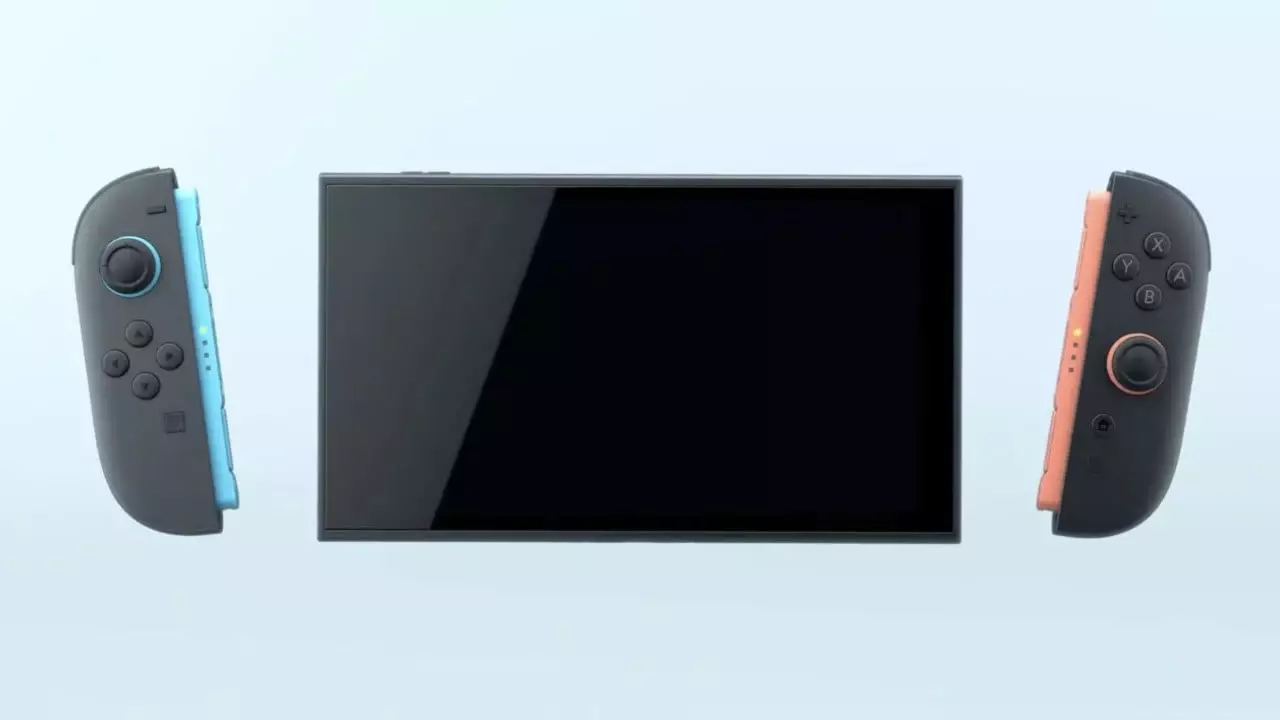In a recent Q&A session with investors, Nintendo President Shuntaro Furukawa provided insights that have captured the attention of gamers and investors alike. The conversation primarily circled around the anticipated Nintendo Switch 2 and its pricing strategy amid fluctuating economic conditions. The dialogue highlights the ever-evolving landscape of consumer expectations and market realities, particularly in the gaming industry, which is strongly influenced by both inflation and currency exchange rates.
Economic Considerations in Pricing Strategy
Furukawa emphasized the importance of considering various economic factors when determining the price of the upcoming console. He noted the significant shifts in the exchange rate environment since the original Nintendo Switch’s debut in 2017 and how these shifts directly impact pricing decisions. Given the rise in inflation globally, Nintendo’s approach showcases a calculated effort to balance profitability while meeting consumer demands for affordability. The notion that these factors will influence the pricing of the Switch 2 signals that Nintendo aims to keep its reputation intact as a company that offers value for money, despite the increasing costs associated with production and development.
One interesting point raised was Furukawa’s insistence that the company remains committed to delivering products at prices that consumers perceive as reasonable. The reference to “affordability” aligns with Nintendo’s longstanding branding strategy, which has often concentrated on making gaming accessible to a wider audience. However, this leads to a critical question: With competitors like Sony launching high-end consoles priced at around $699, how far can Nintendo stretch its affordability promise without compromising quality or profitability?
Analyzing market sentiment, a recent poll showed that opinions differ drastically regarding how much consumers are willing to pay for the Switch 2. Approximately a third of respondents felt a price tag of $499 would be excessive—an indication that expectations are tightly woven with Nintendo’s historical commitment to affordability. Dr. Serkan Toto, an industry consultant, has projected a more feasible launch price of around $400, which may resonate more closely with consumer expectations. Yet, as we consider pricing strategies, one must wonder how the intense competition will ultimately shape Nintendo’s decision-making process.
Looking Ahead: The March Countdown
As anticipation builds toward the console’s launch, which is expected to follow closely on April 2, 2024, the gaming community is rife with speculation. How Nintendo ultimately navigates this delicate pricing landscape could set significant precedents. Ultimately, understanding Furukawa’s remarks adds a layer of anticipation for consumers and stakeholders as they await confirmation of whether the Switch 2 will live up to the promise of its predecessors while maintaining fair pricing in an increasingly competitive market. Regardless of final pricing, Nintendo’s legacy of innovation and consumer-centricity will undoubtedly play a pivotal role in shaping the future of gaming.

